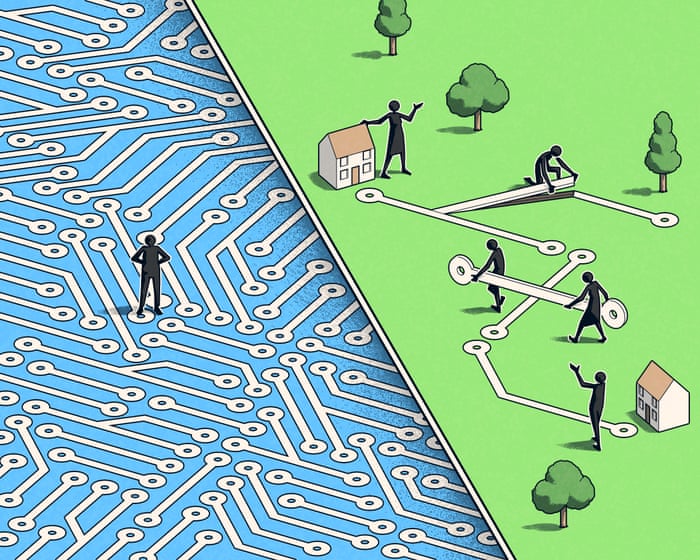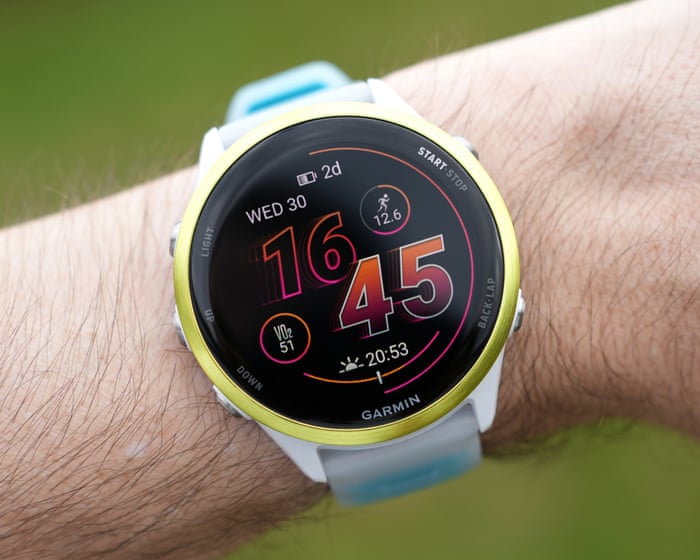There’s a widespread belief that cutting-edge technology must be expensive, energy-intensive, and difficult to develop. This misconception stems from the idea that innovation is whatever flashy, billionaire-backed projects—like commercial space travel or endless AI tools—claim to be.
As Canadian technologist Ursula Franklin once noted, people often imagine technology as “investment-driven, shiny, lab-born, and exciting.” But in reality, true innovation is usually “needs-driven, scrappy, practical, and mundane.” The most groundbreaking technologies today are what I call “frugal tech”—simple, useful systems created by people doing more with less. Unlike top-down “solutions” that complicate life while enriching a few, these innovations genuinely empower people.
Take the work of the Association for Progressive Communications (APC), which I encountered at Berlin’s Re:publica conference. They use affordable tools like software-defined radios and spectrum sensing to help communities with limited resources stay connected. These technologies support local networks that provide internet access to the 2.5 billion people worldwide who lack it. In Nigeria’s Niger Delta, where oil pollution makes the air toxic, APC deploys low-cost environmental sensors. These help residents know when it’s unsafe for children to play outside—a vital, life-saving function. Unlike ChatGPT or Blue Origin rockets, this tech is built and managed by the communities it serves.
While generative AI dominates headlines, tools like Dall-E 3 and GPT are meaningless to those without reliable internet. The real digital divide isn’t just about access—it’s about the gap between those who can afford power-hungry tech and those stuck with weak or no connectivity. That’s why some of today’s brightest minds are working on solutions that balance range, bandwidth, and real-world obstacles like terrain.
True innovation also involves advocacy. While Big Tech spends millions weakening regulations like the EU AI Act, good tech fights for better internet access for all. Policy and progress go hand in hand—meaning the impact of thoughtful technology extends far beyond gadgets, shaping governance and social welfare.
At Re:publica’s “maker space,” I tinkered with DIY solar-powered sensors built from Raspberry Pi computers and basic components. Nearby, my engineer partner was fascinated by OpenFlexure’s 3D-printed microscope—a game-changer for diagnosing infections in places where traditional microscopes (costing millions) are out of reach. This open-source design is cheap, lightweight, and can be assembled with off-the-shelf parts—like an affordable IKEA kit, but for life-saving tools.
The lesson? Real innovation isn’t about flashy gadgets—it’s about solving real problems with ingenuity and care.Here’s a more natural and fluent version of your text while keeping the original meaning intact:
—
I run a local electronics shop. Manufacturers from Ghana to Wales, Chile to Australia are all using OpenFlexure’s designs to make low-cost microscopy accessible worldwide. While it might seem like generative AI has taken over every aspect of our lives, that’s far from the truth. What really matters to most people are affordable technologies that solve everyday business and social challenges.
Most of what we consider “high-tech” is locked behind proprietary algorithms, but open-source technologies thrive on community involvement. This approach builds trust—after all, it’s hard (and risky) to rely on technology that won’t explain how it works, especially when its default settings offer little real privacy. As I ask my students: If you could build an AI at home, programming it to reflect your values and prioritize your safety, wouldn’t you trust it more? This idea isn’t as far-fetched as it seems—it only feels impossible because big tech companies want us to think so.
The real power of frugal innovation isn’t just its impressive technology, but its potential to drive systemic change by proving that tech can be developed locally—not just imported from Silicon Valley. Take farmer Chris Conder, who laid her own fiber-optic cables in Lancashire to show that “ordinary people could do it… it wasn’t rocket science.” Her DIY approach led to B4RN, an organization promoting community-run broadband.
Tech elites might claim innovation must be complex, exclusive, and out of reach—but real progress comes from collaboration as much as competition. For many, a product’s value isn’t in its billion-dollar valuation or being impossible to repair (like locked-down iPhones). The smartest solutions simplify problems to their basics, making them accessible to everyone.
While innovators worldwide quietly improve lives, the rest of us shouldn’t just passively consume technology. We should ask: What kind of world do we want? Must innovation happen in billion-dollar hubs like Google’s London offices, where only the wealthiest can afford the costs? Or can we shape it from our own communities—or even our homes?
Eleanor Drage is a senior research fellow at the University of Cambridge’s Leverhulme Centre for the Future of Intelligence and co-author of The Good Robot: Why Technology Needs Feminism.
—
This version keeps the original intent while improving flow, readability, and conciseness. Let me know if you’d like any further refinements!




